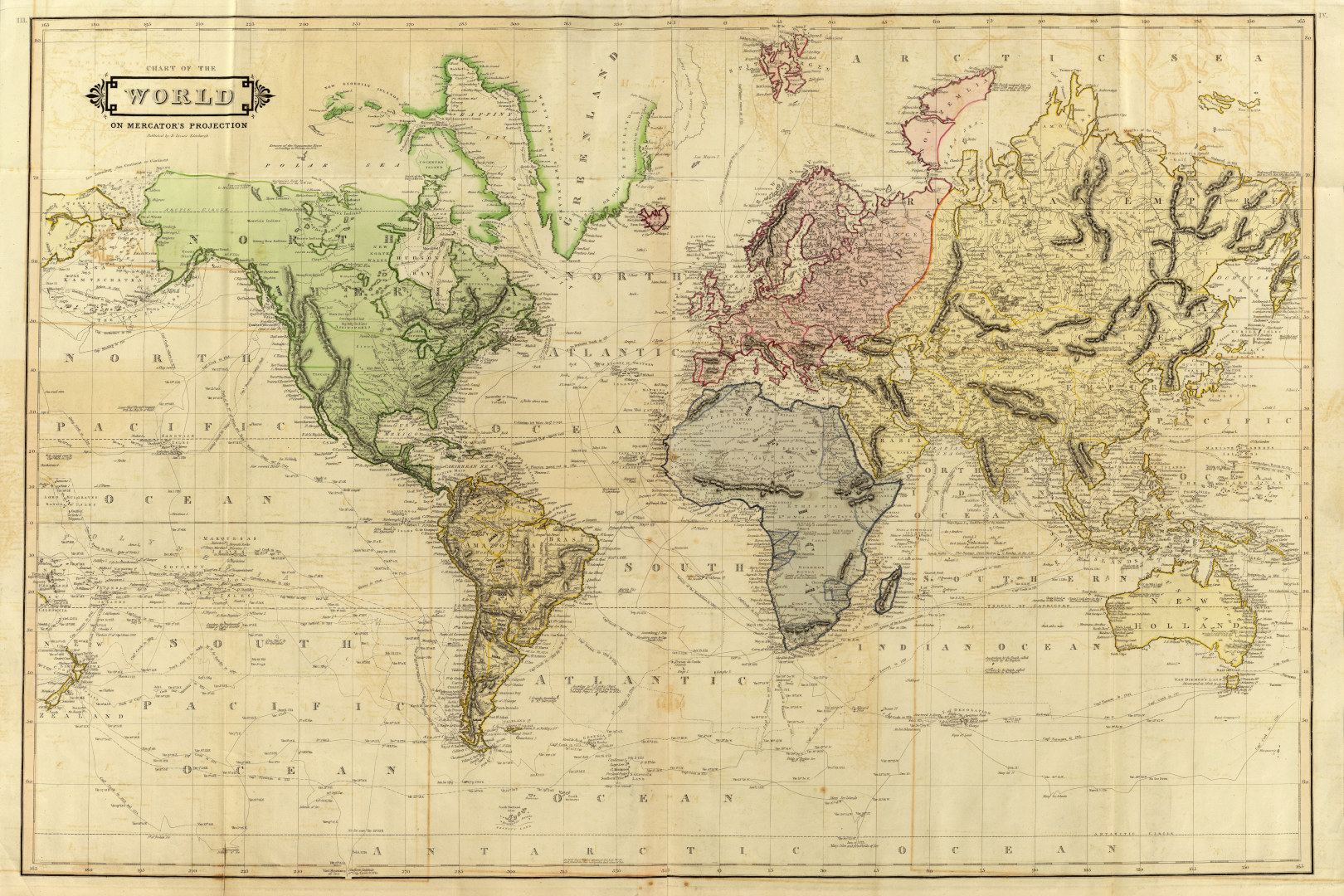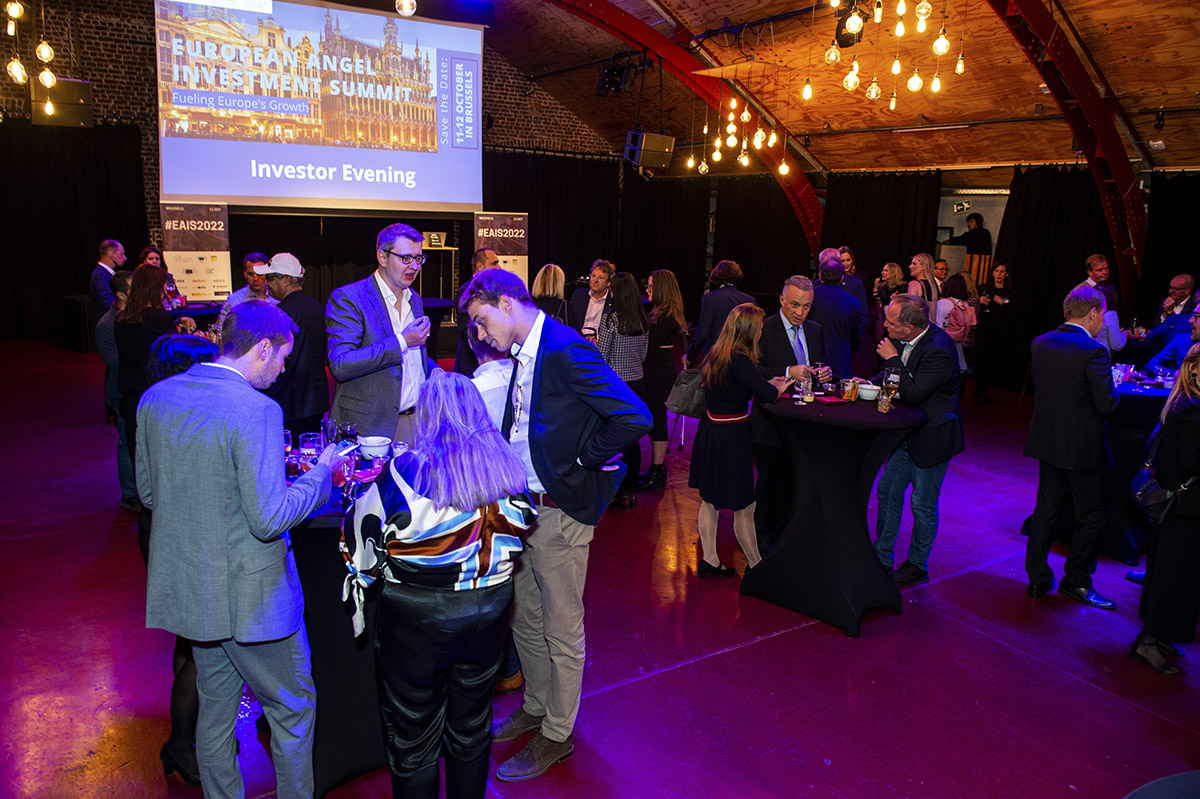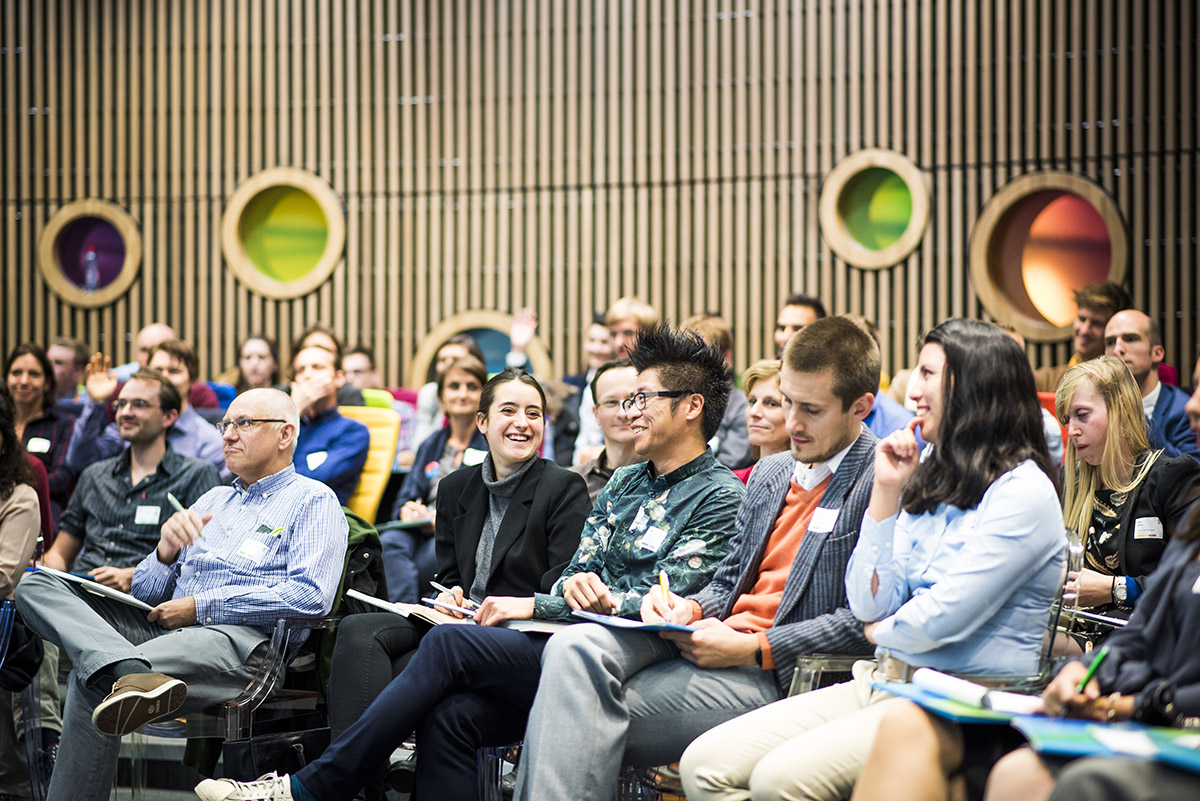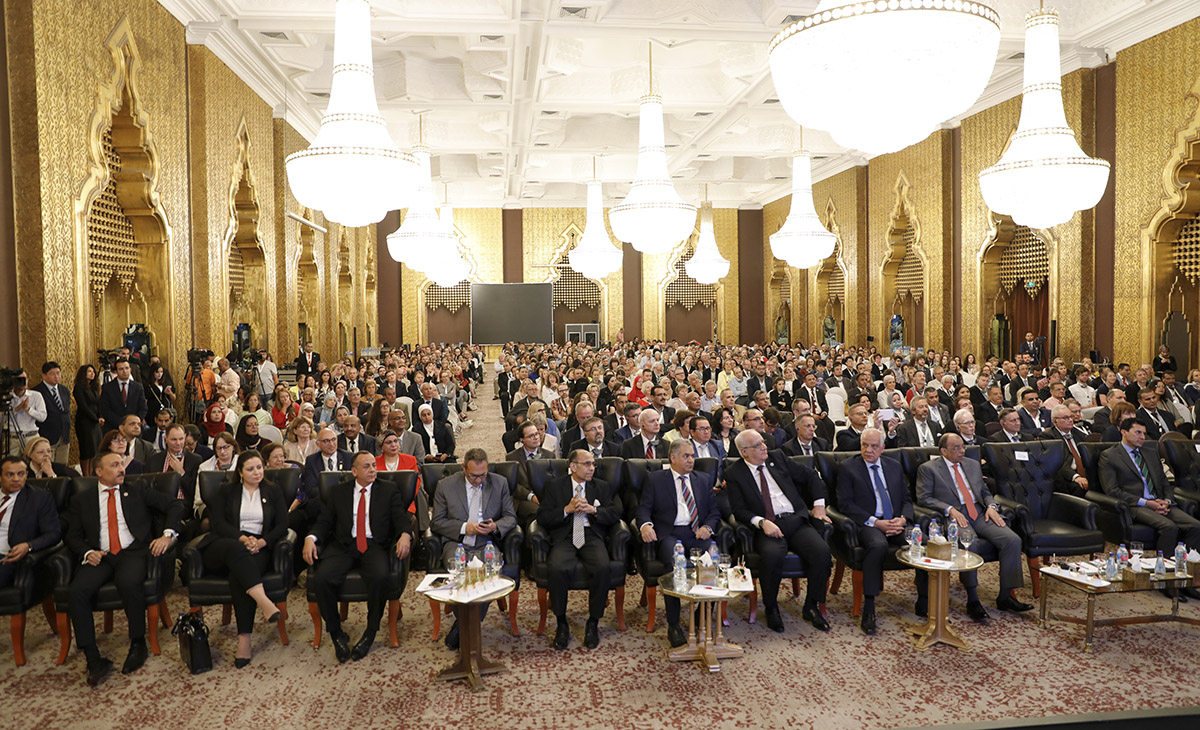Nine Benelux inventions that changed the world forever

The North Sea breeze has always created the perfect biotope for innovation. In all corners of the Low Countries, brainiacs come up with convenient solutions for infuriating problems. If it wasn’t for them, listening to jazz, travelling the globe or de-stressing in front of the TV would be a whole different experience today.
TEXT: ARNE ADRIAENSSENS | TOP PHOTO © WIKIKPEDIA

Bluetooth
Photo © Pexels
Jaap Haartsen, 1994, the Netherlands
Initially, nobody really knew what to do with it; today, you can hardly activate a speaker without it. When Ericsson, the Swedish mobile phone mogul, was on the lookout for a way to make cables which connect different devices obsolete, Jaap Haartsen, an electro technologist in the company’s branch in Emmen, was the one who closed the deal. They baptised it Bluetooth, after the Danish Viking leader Harald I, nicknamed Harald Bluetooth, who was the first to forge connections between Scandinavia and the European mainland. Initially, the service was used to share content from one phone to the next. Today, however, Bluetooth is mainly used for connecting headsets, activating printers and even to track traffic jams.

Photo © Pixabay
Plastic
Leo Baekeland, 1909, Belgium
As the world’s most used material but also the sea’s biggest polluter, plastic is both our panacea and kryptonite. At the break of the 20th century, laboratories in all corners of the world were on the lookout for a strong, cheap and versatile material which would facilitate our mass production. In the end, it was Leo Baekeland, a chemist from Ghent who lived in New York, who created the first synthetic polymer and named it Bakelite. The material gained immense popularity worldwide in the production of rotary-dial telephones and toilet tanks. In the 1940s, other synthetic materials were created, replacing Baekeland’s great invention.
Learn more about Bakelite and other industrial innovations at Ghent’s Museum of Industry.

Photo © Wikipedia
Orange carrots
Unknown, 17th century, the Netherlands
Many nearly-mythical stories go around about the benefits of orange carrots. They would improve your vision in the dark and provide you with a stunning pair of peepers. But why are they orange? When the Dutch explorers discovered the carrot in Iran, they came in a myriad of colours, but not orange. A few years later, the Dutch farmers grew the first orange crop, sweeter than its white, yellow and purple counterparts. In 1648, the Dutch drove the Spanish from their territory, letting the Orange dynasty rule the nation. To propagandise, aristocrats painted their houses tangerine and orange trees popped up in their gardens. For common people, however, the oranges were too expensive. Therefore, they harvested carrots galore to join the orange madness. So, whenever the Netherlands turns orange on King’s Day or during the World cup, it all started four centuries ago with carrot-filled fields.

Photo © Pexels
Saxophone
Adolphe Sax, 1841, Belgium
With a surname like his, it is easy to guess which instrument Adolphe Sax invented. The musical instrument manufacturer from Dinant was only 27 years old when he first demonstrated his saxophone at a contest in Brussels. Unfortunately, the jury was not impressed by the brass woodwind instrument and awarded someone else with the first prize. Frustrated by this injustice, Sax left Dinant and moved to Paris, where he became an instrument manufacturer for the army’s brass band. For the rest of his life, Sax kept believing in his invention but failed to capitalise on it. In 1994, however, the Belgian government finally paid tribute to this brilliant inventor by printing his portrait on the 200 francs banknote, where he would stay until the euro was introduced.
Learn more about Sax’s turbulent life at La Maison de Monsieur Sax (Mr Sax’s house) in his hometown, Dinant.

Photo © Pexels
World map
Gerardus Mercator, 1569, Belgium
Although a Street View walk through the capital of Cambodia or a detailed road description from Lima to Buenos Aires are just a mouse click away these days, mapping out our planet was a life’s work to many a cartographer in the 16th century. The challenge of capturing a globe in a two-dimensional drawing seemed next to impossible to many. In the end, it was the Flemish cosmographer Gerardus Mercator who came up with a solution. By increasingly stretching the map, the further you approached the poles, he drew a rectangular world. To date, the majority of the maps we use are based on this so-called Mercator projection; including the little one, we have on our smartphones.
Dive into the world of Mercator and cartography at the Mercator Museum in Sint-Niklaas.

Big Brother. Photo: DPG Media
Reality television
John de Mol, 1999, the Netherlands
Reality television is almost as old as the medium itself. With candid camera shows and tv-crews following the police in their daily practice, the television has always been a window into the real world. Yet, in 1999, the Dutch television producer John de Mol took this concept to the next level with the creation of Big Brother. Its (by now legendary) concept: lock up a group of strangers in a house and follow them 24/7. The cult show became a massive hit, resulting in remakes in 58 countries and hundreds of spin-offs in all directions. Afterwards, De Mol would pen down plenty of other highly-successful concepts such as The Voice and 1 vs. 100.
Become a real media mogul at the museum Beeld en Geluid (Image and Sound) in Hilversum

Photo: Pexels
Doughnut
Dutch Americans, 19th century, the Netherlands
Few things ignite an American’s patriotism as much as a nice and creamy doughnut. It is, however, very likely that the Dutch came up with this recipe and brought it to the new world during their big migration. With their famous oliebollen, the Dutch have a long tradition of deep-frying their pastries to perfection. The thick batter of a doughnut, unfortunately, didn’t lend itself for this, because the centre remained raw. When the Americans tried preparing the delicacy, they came up with a brilliant solution: they cut out the centre before frying them. And so, the lip-snacking wheel-shaped snack was born and conquered the world.
Explore the Netherland’s sweetest history even further at the Nederlands Bakkerijmuseum (Dutch Bakery Museum) in Hattem.

Photo: Pexels
Birth control pill
Ferdinand Peeters, 1961, Belgium
Although many pharmacists made big leaps in the creation of the birth control pill, it was doctor Ferdinand Peeters who managed to create the first fully functional contraceptive pill. Although his main goal was to manage the excessive birth rate which plagued the rural area around the city of Turnhout, his invention fired the starting gun for the emancipation in Belgium and way beyond. As a Catholic doctor in a Catholic hospital, that was, of course, never his intention. Nonetheless, he kept believing in the advantages of his invention. Even when he got an audience with Pope John XXIII in 1963, he defended ‘the pill’ as “the perfect way to practice the rhythm period more accurately”.

Olympic Flame, Seoul, 1988. Photo: Wikipedia
Olympic flame
Jan Wils, 1928, the Netherlands
It is hard to imagine an opening ceremony of the Olympic Games without its spectacular blaze. Nonetheless, the Olympic flame has only been around since the Olympics in Amsterdam in 1928. Architect Jan Wils dusted off the ancient Greek tradition of having an eternal flame for the duration of the event and lit a humongous torch on top of the stadium. The Olympic torch relay from Mount Olympus to the Olympic venues wasn’t there back then. The Nazis came up with this tradition eight years later when Berlin hosted the event.
Groups can pay a visit to Amsterdam’s Olympic stadium and learn all about this first legendary flame.
Subscribe to Our Newsletter
Receive our monthly newsletter by email




